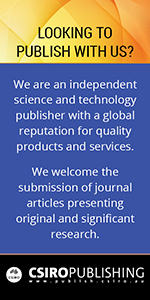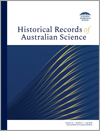
Historical Records of Australian Science
Volume 31 Number 2 2020
HR19012John Dallachy (1804–71): from gardener to botanical collector
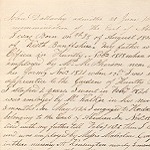
This paper examines the career of John Dallachy (1804–71), with an emphasis on his early training as a gardener in Britain, his subsequent association with the Melbourne Botanic Gardens and complex relationship with Ferdinand Mueller, and later pioneering move to Rockingham Bay, Queensland as a prolific botanical collector. Image: John Dallachy’s entry of 1826 in ‘The handwriting of under-gardeners and labourers’. Reproduced with permission from the Royal Horticultural Society Lindley Collections, London.
HR19013John Dallachy (1804–71): collecting botanical specimens at Rockingham Bay
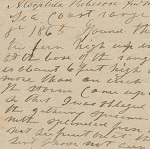
Warning Readers of this article are warned that it may contain terms, descriptions and opinions that are culturally sensitive and/or offensive to Aboriginal and Torres Strait Islanders. This paper examines the botanical collecting activities of John Dallachy (1804–71) at Rockingham Bay, Queensland, 1864 to 1871. His productiveness was due to his ability to manage relationships with other settlers at Rockingham Bay in the context of a frontier war with Indigenous people, and his successful partnership with Baron Ferdinand von Mueller (1825–1896), pre-eminent Australian botanical taxonomist of the second half of the nineteenth century.
HR19013 Abstract | HR19013 Full Text | HR19013PDF (963 KB) | HR19013Supplementary Material (444 KB) Open Access Article
HR20004Australia and the International Astronomical Union: the 1973 Sydney general assembly
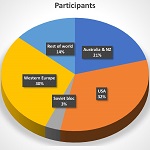
In 1973 the International Astronomical Union held one of its three-yearly general assemblies in Sydney, the first such assembly in the southern hemisphere. Despite external threats, such as the late proposal from Poland to move the 1973 assembly to Warsaw to celebrate the 500th anniversary of the birth of Copernicus, the conference went ahead and proved most successful. By providing local astronomers with the opportunity to mix and form collaborations with their overseas counterparts, the general assembly boosted Australian astronomy over the following decades.
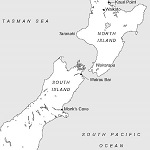
When Europeans first encountered Maori culture they were surprised at how different it was from that of its presumed Polynesian ancestors. Speculation began with British explorer James Cook in the eighteenth century and has continued ever since. Debates on this issue among New Zealand archaeologists, discussed here, illustrate both the strengths of the archaeological scientific method and the difficulties experienced in trying to capture the changing nature of Maori history.
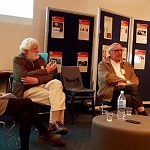
Warning Aboriginal and Torres Strait readers of this article are warned that it may contain images of ancestral remains. Compiling a history of archaeology is critical for evaluating the current state of the discipline. While oral histories provide valuable accounts of important people, events and decisions through time, they have played a limited role in historical narratives of the discipline. This paper provides an important case study of how oral histories can assist with archiving this discipline.
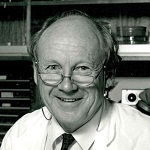
This memoir is the story of the life and research of David Curtis. He helped identify some of the major neurotransmitters that are released at synapses in the central nervous system. It is also an historical account of the development of neuroscience research in Australia, in which David Curtis played a major role.
HR19015Robert Donald Bruce Fraser 1924–2019
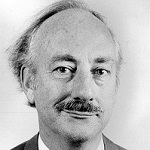
Robert Donald Bruce (Bruce) Fraser was a biophysicist who gained world-wide distinction for his structural studies of fibrous proteins. In 1942, he interrupted his studies and volunteered for training as a pilot in the Royal Air Force (RAF). In 1952, he immigrated to Australia with his family to a position in the newly formed Wool Textile Research Laboratories at the Commonwealth Scientific and Industrial Research Organisation (CSIRO) where he established a biophysics group for research on the structure of wool.




